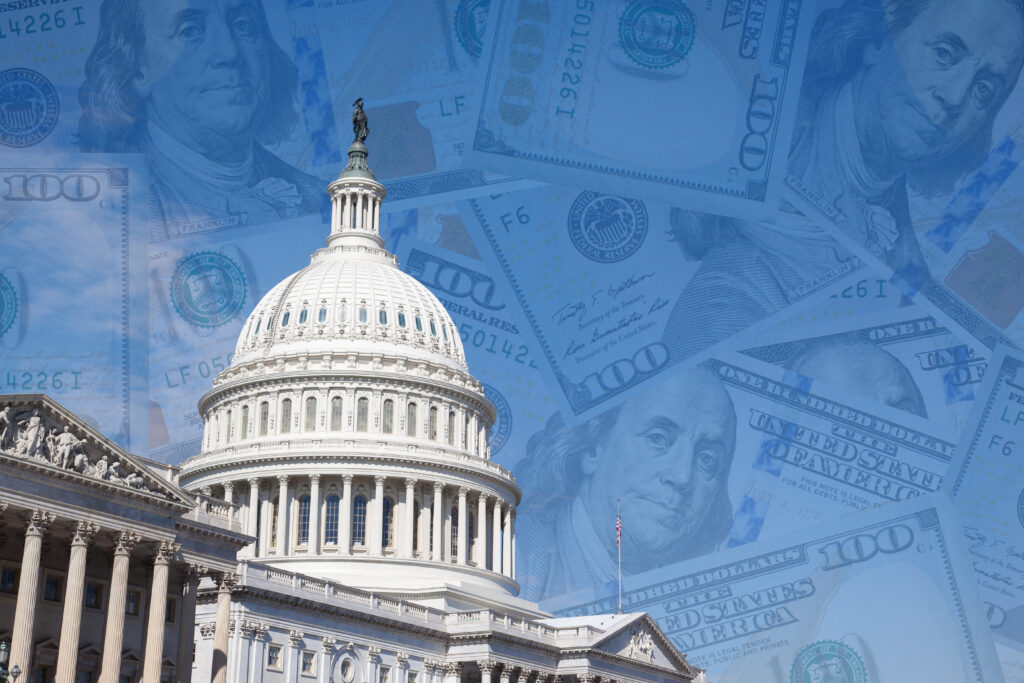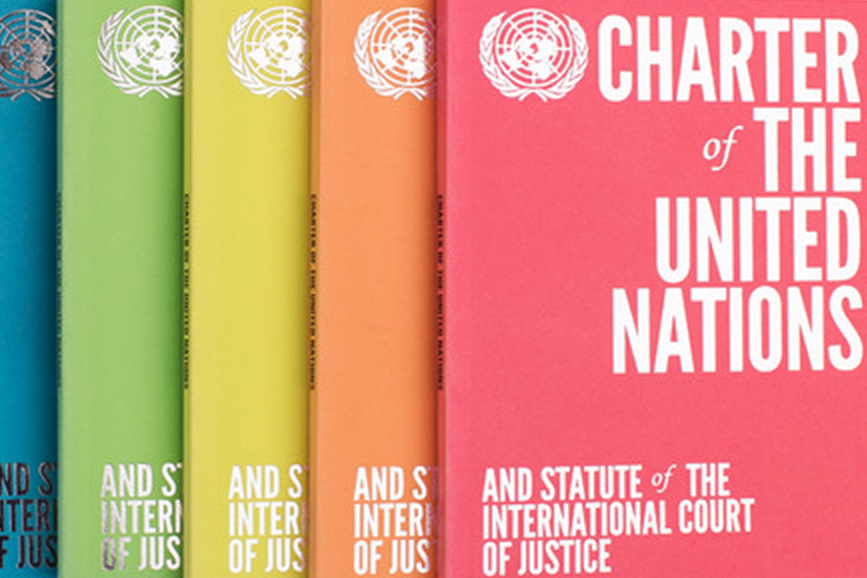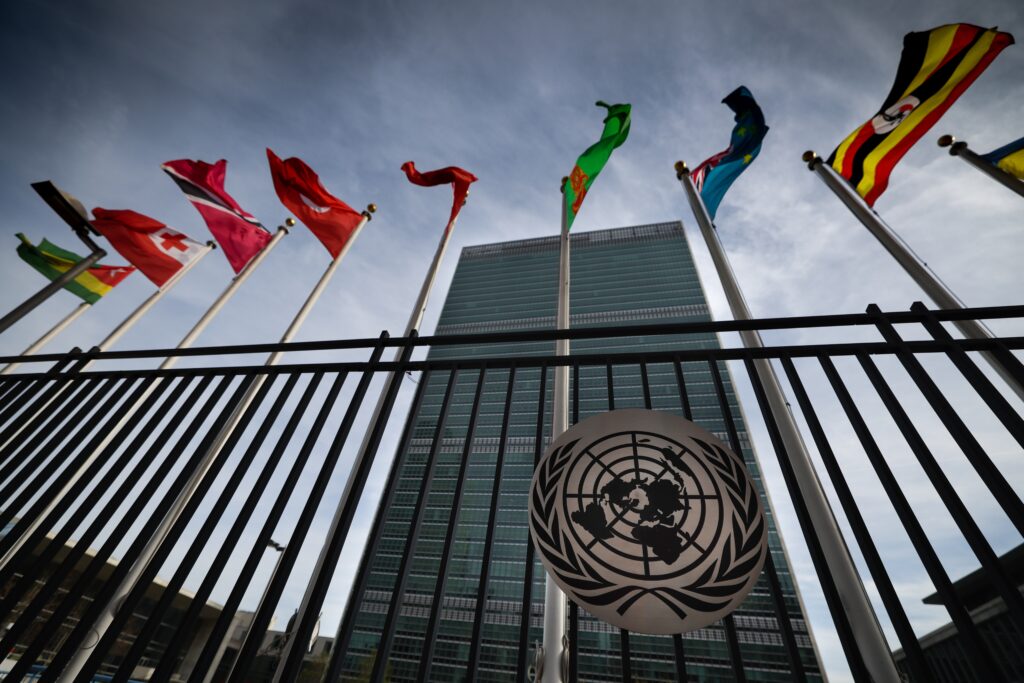Guest blog by Salah Foraida, MD, Derek Ambrosino and Liz Métraux
This fall, the United Nations convened a High-Level Meeting on Antimicrobial Resistance (AMR) for the second time in less than a decade. The World Health Organization (WHO) lists AMR among the top 10 threats for global health, responsible for 1.3 million deaths annually and tied indirectly to another 5 million. Yet as astronomical as these figures sound, the impacts of AMR are growing. By 2050, the annual death toll from AMR is on track to exceed 10 million, leaving a disastrous economic impact in its wake. The same projections note that by 2050, AMR will plunge 24 million people into extreme poverty annually.
By 2050, the annual death toll from AMR is on track to exceed 10 million.
On the heels of the COVID-19 pandemic and amid emerging public health threats like Monkeypox (mpox), Americans cannot afford to delay action to curb the crisis.
Understanding AMR
AMR occurs when bacteria or viruses cease to respond to medicine, making infections harder to treat and raising the risk of further disease mutation and spread. The microorganisms that develop resistance, which we sometimes refer to as “superbugs,” are a natural evolution of disease as bacteria and viruses adapt to evade treatment.
This survival instinct is sped up by the misuse and overuse of antibiotics. To oversimplify, when a person stops treatment earlier than recommended or takes a medication intermittently, disease-causing bacteria may remain and regenerate. Similarly, if a person is overaggressive in using antibiotics when they aren’t needed, they give nascent disease in the body a sneak peek at treatment, preemptively teaching disease how to adapt to resist future treatments. This overuse became especially acute during the COVID-19 pandemic, when clinicians began offering “just in case” antibiotics to roughly 75% of patients hospitalized with COVID-19, when just 8% of patients had a bacterial co-infection.
These adaptations influence far more than individual health and wellness. AMR has been consistently highlighted as a U.S. national security threat by multiple bureaus and initiatives, including the National Action Plan for Combating Antibiotic-Resistant Bacteria (CARB) and executive orders establishing federal coordination to combat AMR. The Department of Defense tracks superbugs as a matter of military readiness and safety, and AMR has been integrated into the U.S. National Biodefense Strategy.
Many Americans – including the nearly 3 million made sick each year by AMR – are familiar with some of the diseases behind the AMR crisis, like staph infections, e. Coli and colitis. Far and away the leading contributor to AMR, however, is tuberculosis (TB) – the deadliest disease on the planet in history – accounting for a full third of global AMR deaths. Moreover, roughly one-third of the world’s population is currently infected with latent TB, and while dormant in most people, it will become active in up to 10% of those it affects over the course of their lives. It’s no wonder that drug-resistant TB, specifically, has been identified by the CDC as a serious threat to the U.S. and has even spent time on its priority list of potential agents of bioterrorism. The U.S. Senate agrees with the urgency to address TB, as expressed in the bilateral, unanimous passage of the End Tuberculosis Now Act in September. The bill makes the elimination of TB a foreign assistance priority for the U.S. by emphasizing research, diagnosis and treatment.
But despite the global prevalence of AMR-exacerbated diseases like TB, many continue to be categorized by the World Health Organization (WHO) and National Institutes of Health (NIH) as neglected.
That needs to change. Here’s how.
1. Strengthen U.S. domestic policy by leveraging the UN.
Partnering with the UN and UN agencies can reinforce and extend U.S. policy in three important ways. First, the U.S. has better access to a pool of global health data to better understand the scope of the issue both abroad and here at home. Secondly, using that data (that we alone cannot collect), the U.S. is able to refine national, bilateral and regional programs and activities. This, thirdly, enables us to create realistic policies and budgets, often spreading both the cost and responsibility for implementation with other nations working alongside the U.S. to accelerate research, development and ultimately delivery of the tools to reverse the tide of AMR – all in service of greater health security for Americans and our allies.
2. Underscore the powerful return that public health investments deliver.
One of the most effective ways to slow AMR is the development of better diagnostics, vaccines and drugs. Research suggests that for every $1 invested in AMR R&D, countries can expect to see a $405 return in economic impact. Looking at the example of TB, drug-resistant tuberculosis was once excruciatingly complex and expensive to treat, lasting 18 months or longer and requiring up to 14,000 pills and daily injections for at least six months – the very obstacles that led many patients to stop treatment altogether and therefore develop resistance to antibiotics. R&D breakthroughs have led to shorter, more effective treatments, including a six-month all-oral regimen. This laudable progress was the result of R&D funding – much of which came from the U.S. government.
R&D breakthroughs have led to shorter, more effective treatments. This laudable progress was the result of R&D funding – much of which came from the U.S. government.
3. Remind Americans that the U.S. is not immune to pathogens.
Although the scourge of AMR is disproportionally felt in low- and middle-income countries, borders mean nothing to bacteria. In 2023, nearly 10,000 cases of TB were reported in the U.S. – prompting Los Angeles County to declare a public health emergency. In a world increasingly interconnected by travel and relocation caused by social unrest, conflict and climate change, AMR anywhere is AMR everywhere.
AMR anywhere is AMR everywhere.
4. AMR investment is good for U.S.-based organizations at the forefront of global health.
The U.S. has historically been the global leader in combatting AMR, especially TB. Funding from USAID, for example, and the National Institute of Allergy and Infectious Diseases (NIAID) supported U.S.-based nonprofit partnerships in advancing the largest pipeline of TB drugs in history – developing treatment regimens that reduce care duration by two-thirds and pill burden by as much as 95%, while improving efficacy and safety. Further, because the regimens were first approved by the U.S. FDA, Americans with DR-TB were among the first people in the world to benefit.
U.S. government investment expands America’s aid footprint as organizations work in AMR endemic regions worldwide in partnership with local communities and researchers.
U.S. government investment expands America’s aid footprint as organizations work in AMR endemic regions worldwide in partnership with local communities and researchers.
__
With AMR well-recognized as one of the most pressing health and security challenges facing the U.S. and around the world, we now have a chance to align and mobilize against this threat. Achieving – even surpassing – this goal is possible.
__




